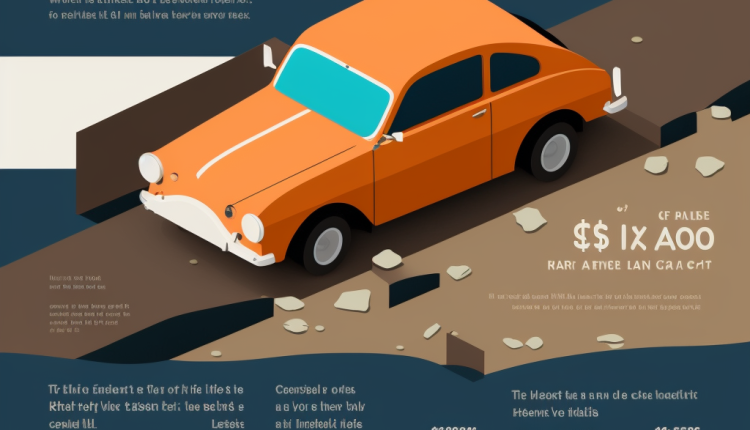Car insurance is a necessary expense for most drivers, but it can be confusing to understand how much you’ll need to pay and what factors go into determining your premiums. In this article, we’ll delve into the real cost of car insurance and provide you with the information you need to make informed decisions about your coverage.
Factors That Affect Your Car Insurance Premiums
There are several factors that can influence the cost of your car insurance premiums. Some of the most common include:
- Your location: Where you live can impact the cost of your car insurance. For example, car insurance may be more expensive in urban areas because of the higher likelihood of accidents and thefts.
- Your driving history: If you have a history of traffic violations or accidents, your car insurance premiums will likely be higher.
- Your age and gender: Statistically, younger drivers and male drivers are more likely to be involved in accidents, so their premiums may be higher.
- Your car’s make and model: The type of car you drive can also affect your premiums. Luxury cars and sports cars generally have higher premiums because they are more expensive to repair and replace.
- Your coverage levels: The amount of coverage you choose will also impact your premiums. Higher levels of coverage will generally result in higher premiums, but they may also provide greater protection in the event of an accident.
- Your deductible: The deductible is the amount you’ll need to pay out of pocket before your insurance company covers the rest of the damages in the event of an accident. Choosing a higher deductible can result in lower premiums, but it means you’ll have to pay more out of pocket if you need to file a claim.
Understanding the Different Types of Car Insurance Coverage
There are several different types of car insurance coverage that you can choose from, and the one that’s right for you will depend on your needs and budget. Some of the most common types of coverage include:
- Liability coverage: This type of coverage protects you in the event that you’re found to be at fault in an accident. It covers the costs of any damages or injuries you may cause to others.
- Collision coverage: This type of coverage covers damages to your own vehicle in the event of an accident, regardless of who was at fault.
- Comprehensive coverage: This type of coverage covers damages to your vehicle from non-collision events, such as theft, weather events, or vandalism.
- Personal injury protection (PIP): This type of coverage helps cover medical expenses for you and your passengers in the event of an accident.
- Uninsured/underinsured motorist coverage: This type of coverage protects you in the event that you’re involved in an accident with a driver who doesn’t have insurance or doesn’t have enough insurance to cover the damages.
How Much Does Car Insurance Cost?
The cost of car insurance can vary widely based on the factors mentioned above. According to the National Association of Insurance Commissioners, the average annual cost of car insurance in the United States was $1,470 in 2020. However, this is just a rough estimate and your actual premiums may be higher or lower depending on your specific circumstances.
Saving Money on Your Car Insurance Premiums
There are several ways you can potentially save money on your car insurance premiums:
- Shop around: It’s a good idea to compare quotes from several different insurance companies to make sure you’re getting the best deal.
- Bundle your policies: If you have multiple insurance policies, such as home, renters,

